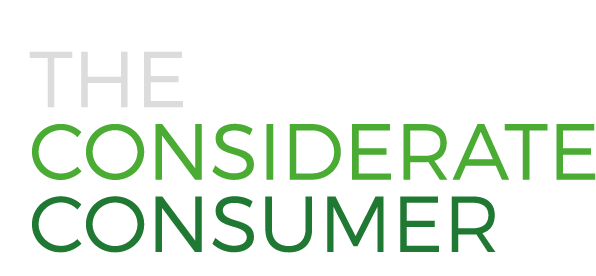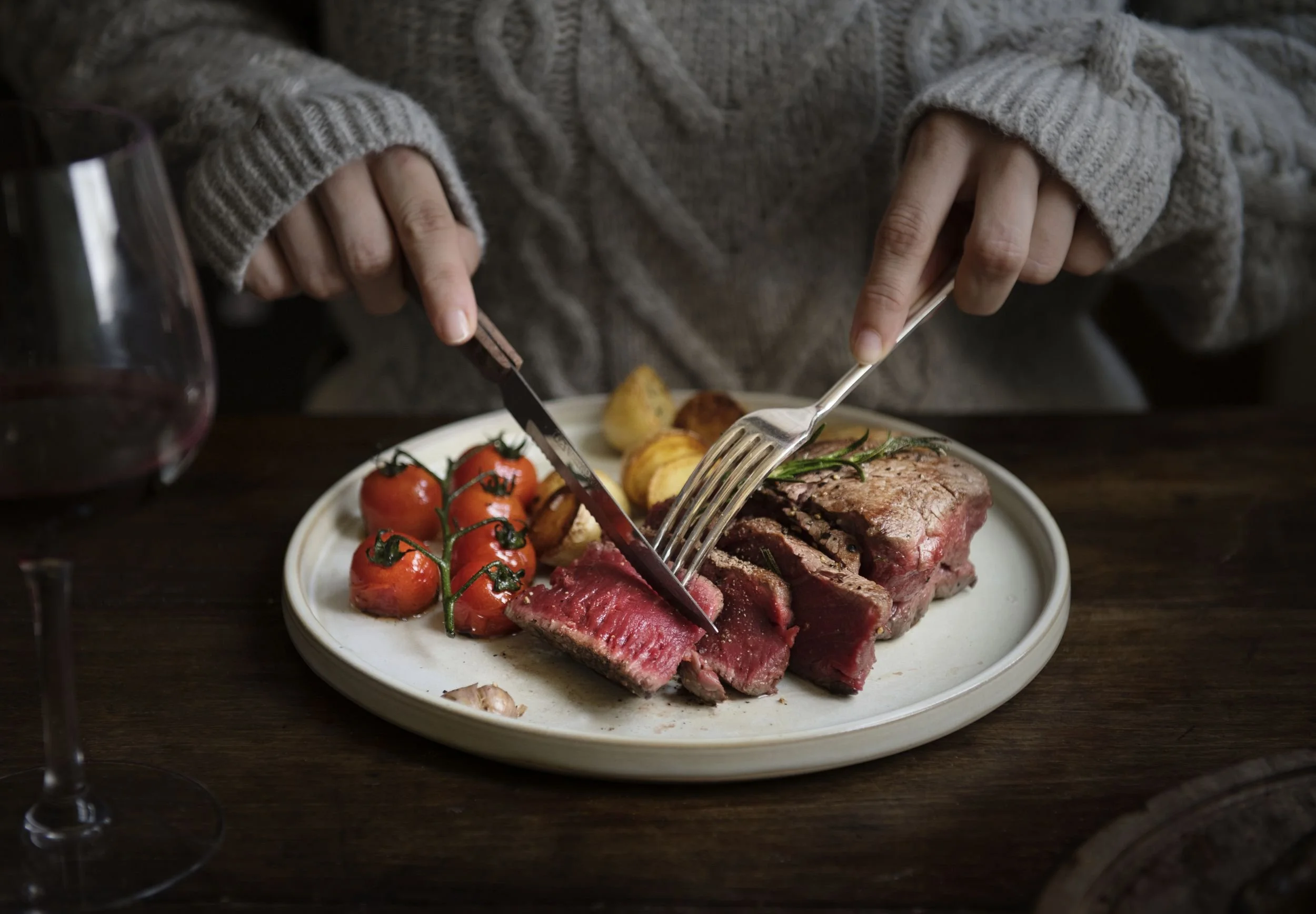December 2019
Fish and seafood are some of the most delicious and popular foods, and the varieties are almost endless. There’s Irish mackerel for breakfast, sushi for lunch with friends, and a tuna salad or seafood pizza for dinner. (And, of course, kids love their fish fingers!)
Here is how to enjoy fish and seafood more sustainably, considering a healthy aquatic ecosystem and environmentally friendly fishing practices.
CERTIFIED FISH & SEAFOOD
Sustainable certifications to look out for when buying:
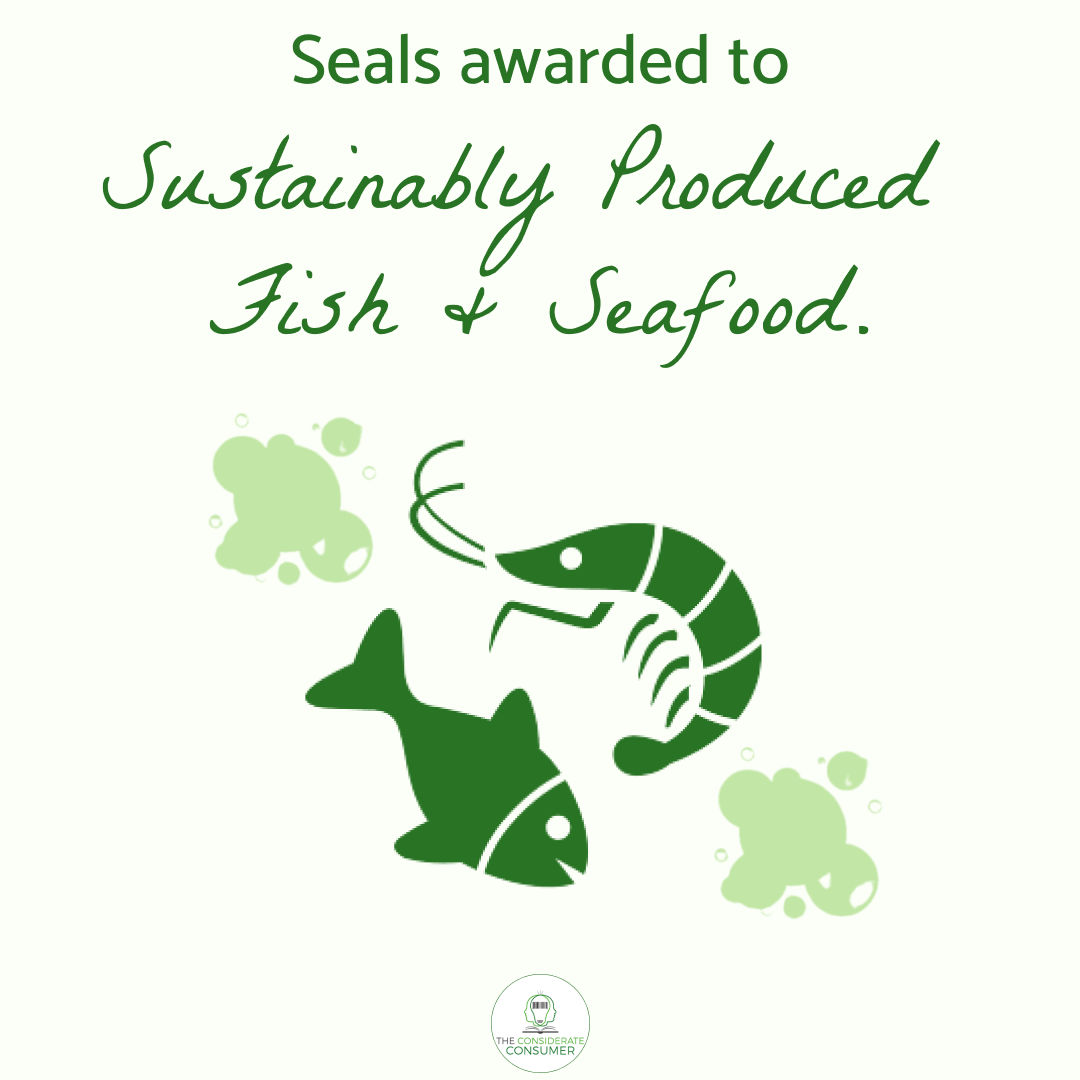
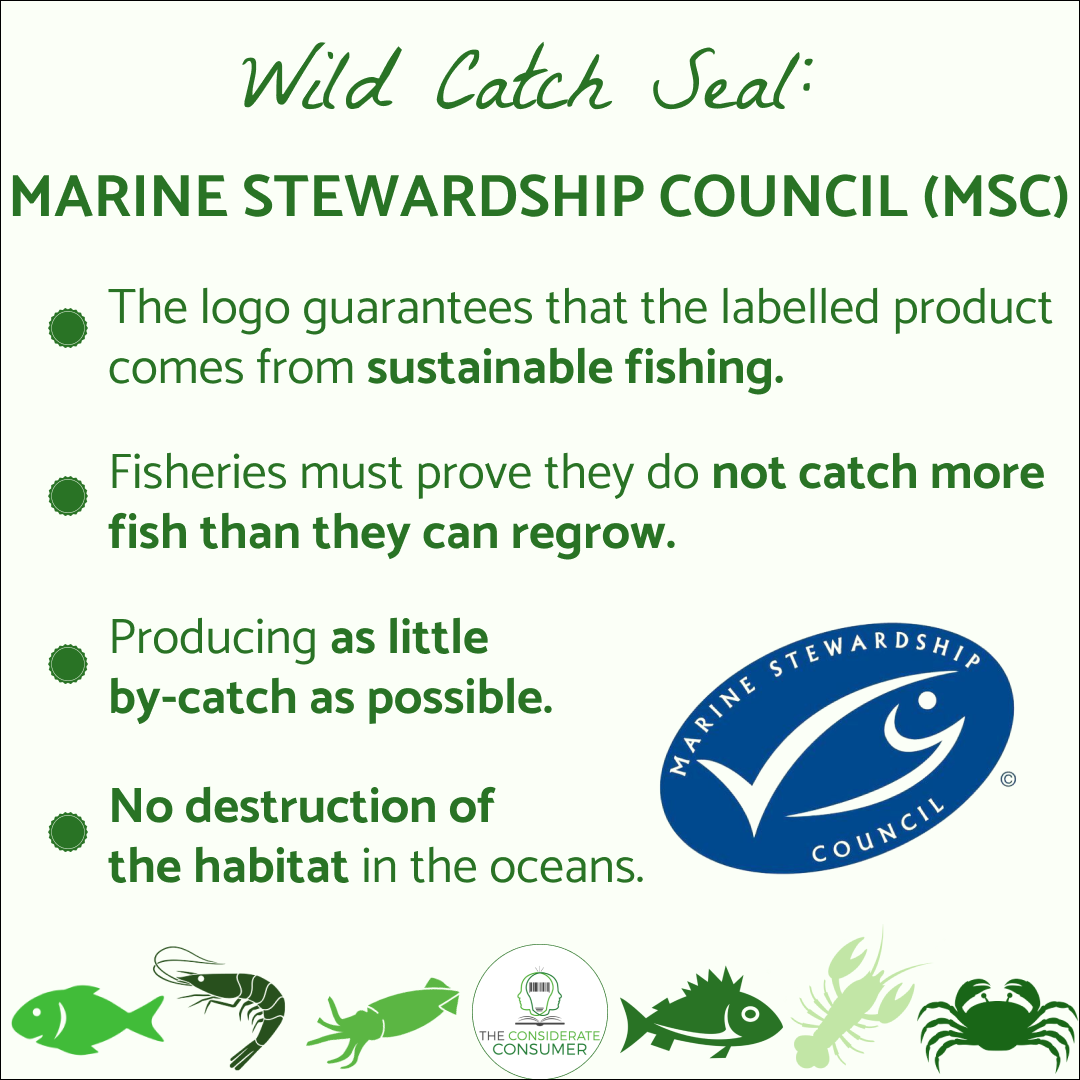
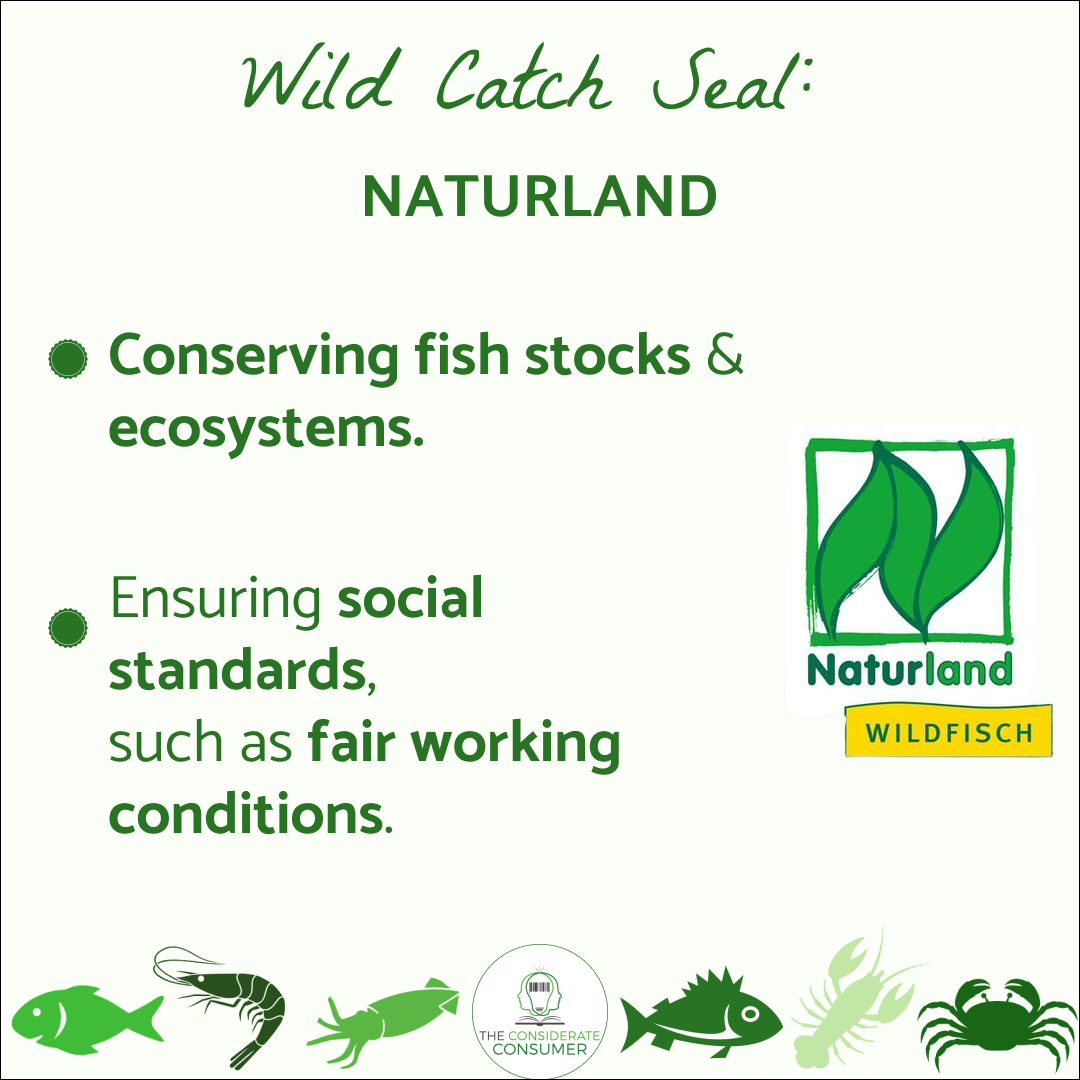
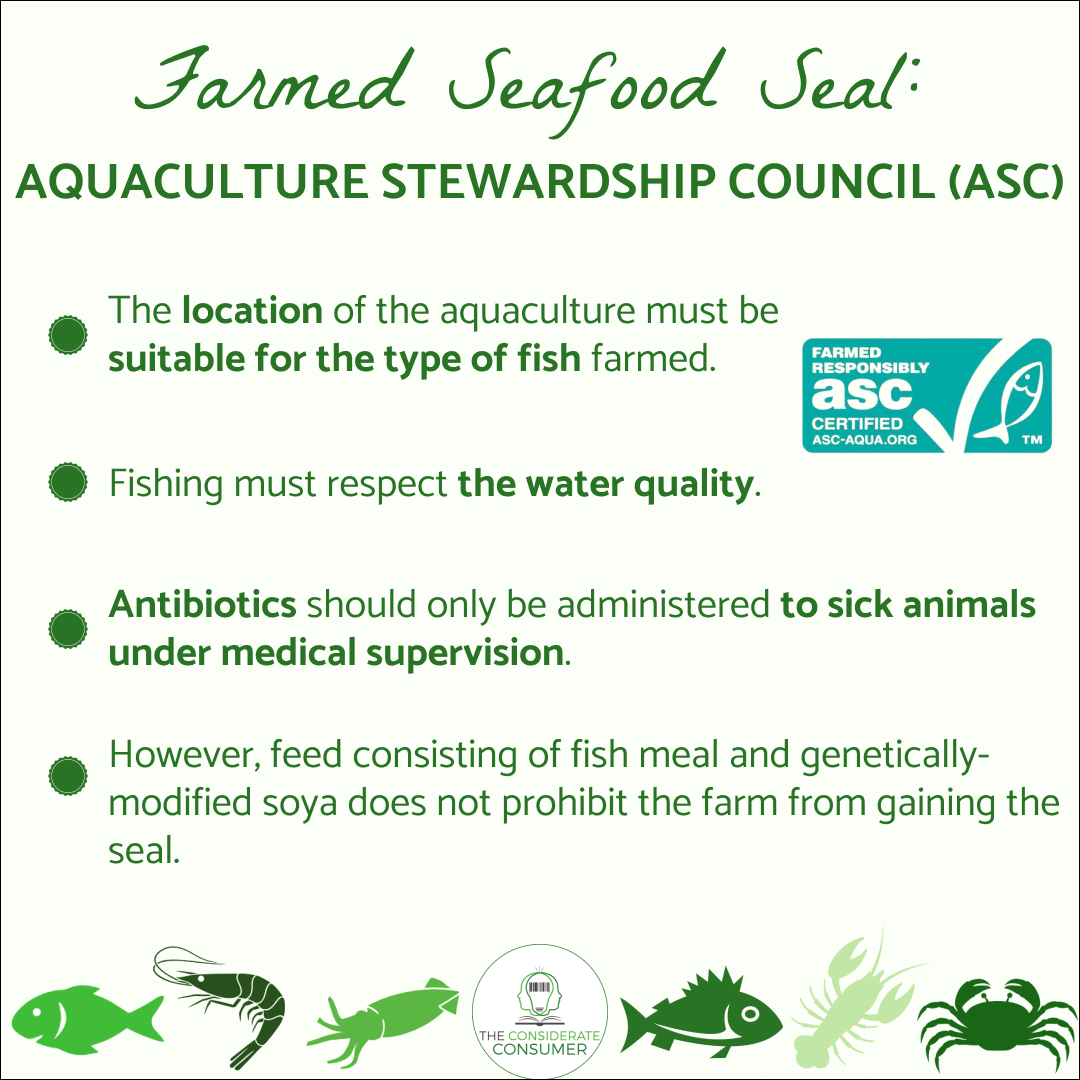
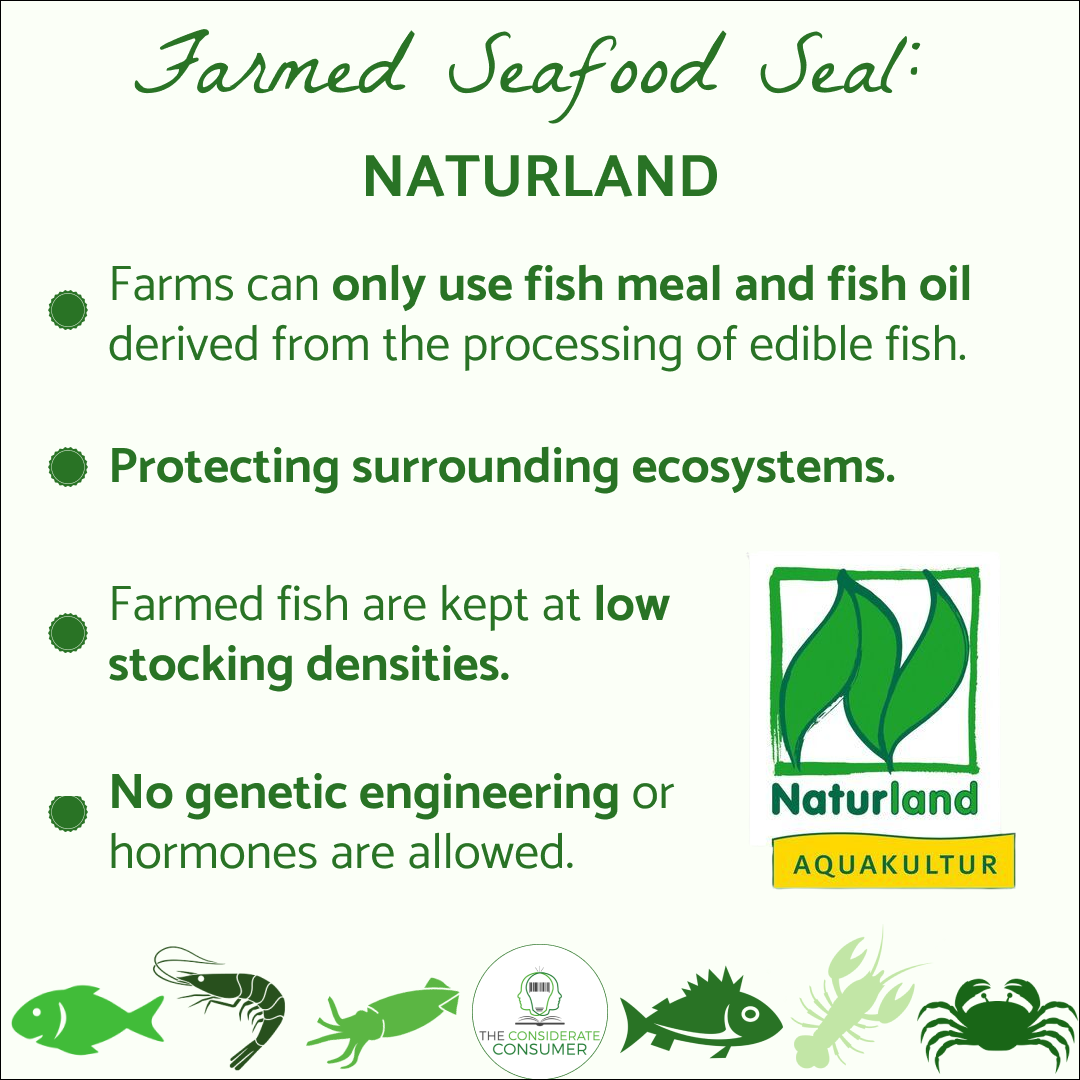
Wild catch products:
The Marine Stewardship Council ensures sustainable fishing has been used, which keeps habitats intact and reduces bycatches. Also, fisheries won’t overfish so that populations can stay continuous.
A Naturland seal means fish stocks and ecosystems are conserved, and fair working conditions are upheld.
Farmed produce:
The Aquaculture Stewardship Council ensures proper water quality, that the location suits the type of fish being farmed, and that antibiotics are used only for sick fish.
EU Guidelines for Organic Agriculture stipulate that biodiversity is preserved and that artificial hormones are prohibited in spawning. Fish food must also be organic, but not if sustainable fishing is used.
A Bioland Association seal proves that carp are bred without hormones, are stocked low in density, and eat naturally from their pond or organic vegetable feed.
The Naturland seal for farmed seafood covers non-European species, prohibiting genetic engineering/hormones, protecting surrounding ecosystems, maintaining low stock densities, and ensuring that fish meal/oil is derived from the processing of edible fish.
SUSTAINBLE FISH & SEAFOOD CONSUMPTION
Consider the following criteria when consuming fish and seafood:
Make sure it’s not on the endangered species list. Consulting a seafood guide will inform you on what choices are harmful or not.
Choose local over exotic options to avoid fish caught/farmed far away.
Ask whether the seafood for sale is sustainable, or about its origin if ordering at a restaurant.
Eat less by choosing plant-based alternatives. The Reducetarian can help you to reduce.
FISH & SEAFOOD ALTERNATIVES & SUBSTITUTES
Alternatives that help reduce commercial ocean fishing, farming and consuming contaminants:
Companies such as Bluu or Finless Foods use cellular biology to grow fish and seafood products in a lab with marine animal cells.
New Wave Foods produces shrimp imitations of algae and other plants.
Ocean Hugger Foods makes a plant-based tuna substitute called ‘ahimi’.
FISH & SEAFOOD GUIDES
Orientation guides display information about fish stocks, fishing methods and their impacts, the management of fisheries, and an evaluation of farmed fish. These help you buy according to what is least damaging to ecosystems.
Fish & seafood guides list fish to eat via a ‘green = okay’ and ‘red = avoid’ colour system.
Note, these can sometimes be contradictory. It is difficult to establish reliable info on fish stocks.
Greenpeace, WWF and Good Fish Foundation offer national guides in various European countries.
Learn more
Check our sources: Bibliography →
